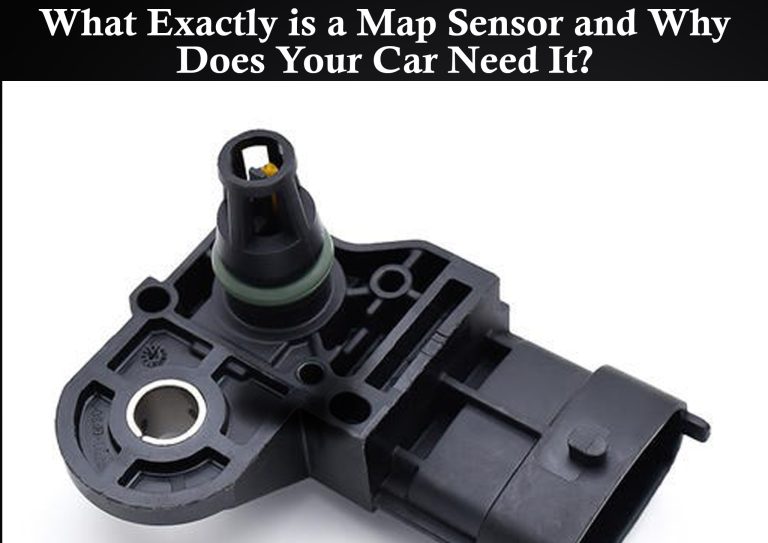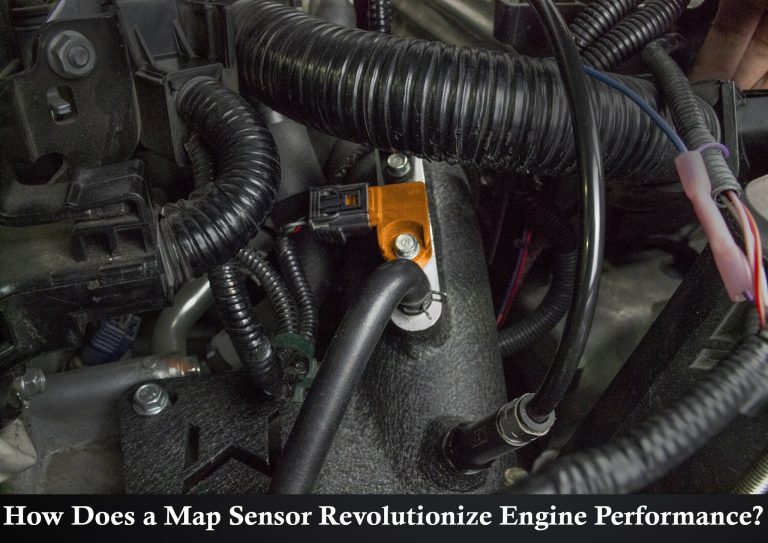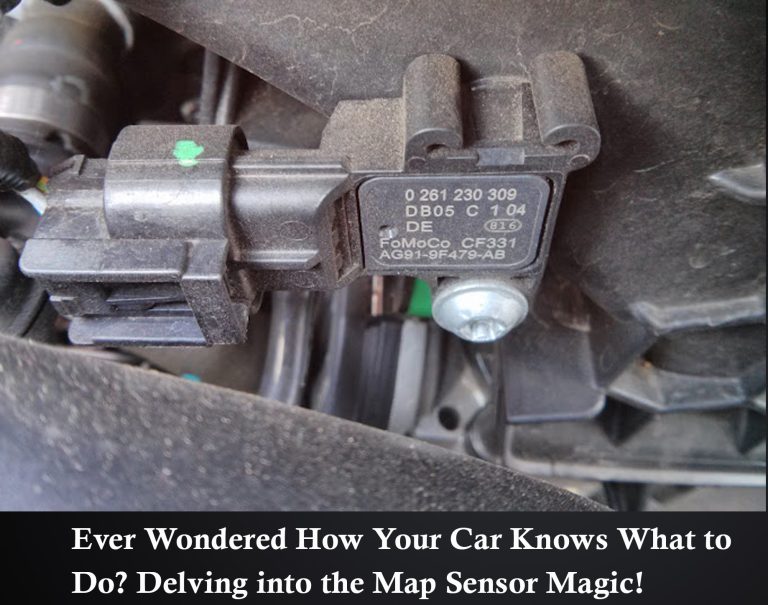Map Sensors 101: A Beginner’s Guide to Understanding Engine Management Systems
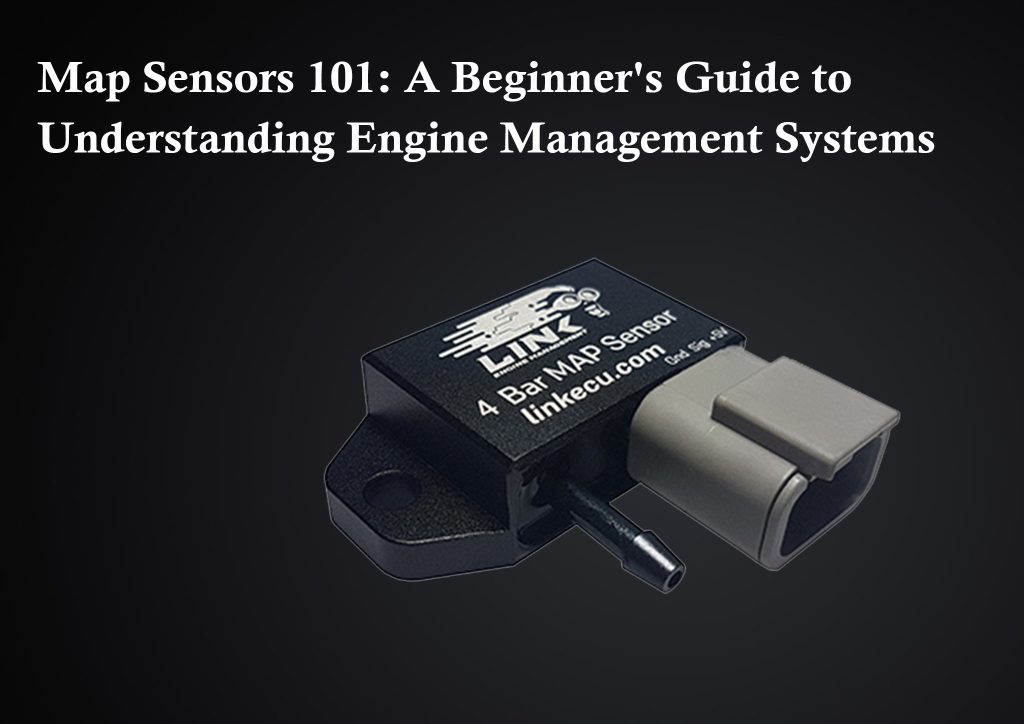
Unraveling the Mysteries of Engine Management Systems with Map Sensors 101
In the vast realm of automotive technology, understanding the intricacies of engine management systems is crucial for any enthusiast or aspiring mechanic. In this comprehensive guide, we delve into the heart of these systems, focusing on the pivotal role of map sensors. Let’s embark on a journey to demystify the complexities and empower you with knowledge. Buckle up for Map Sensors 101!
Navigating the Landscape: A Primer on Map Sensors
Map sensors, short for Manifold Absolute Pressure sensors, serve as the linchpin in modern engine management. These sensors measure the pressure within the intake manifold, providing vital data to optimize fuel delivery and ignition timing. Whether you’re a novice or an aficionado, grasping the fundamentals of these sensors is key to unlocking the full potential of your vehicle’s performance.
The Essentials Unveiled – How Map Sensors Work
- To comprehend the functioning of map sensors, envision them as the eyes of your car’s engine.
- These sensors gauge the pressure of the air entering the manifold, aiding in calculating the air density.
- The data acquired enables the engine control unit (ECU) to make real-time adjustments to fuel injection and ignition timing.
Evolution of Map Sensors: A Journey Through Generations
As automotive technology advances, so do map sensors. From the early days of analog systems to the sophisticated digital sensors of today, understanding the evolution is crucial. Let’s traverse through time and witness the metamorphosis of map sensors, shaping the landscape of engine management.
Analog Antecedents – The Genesis of Map Sensors
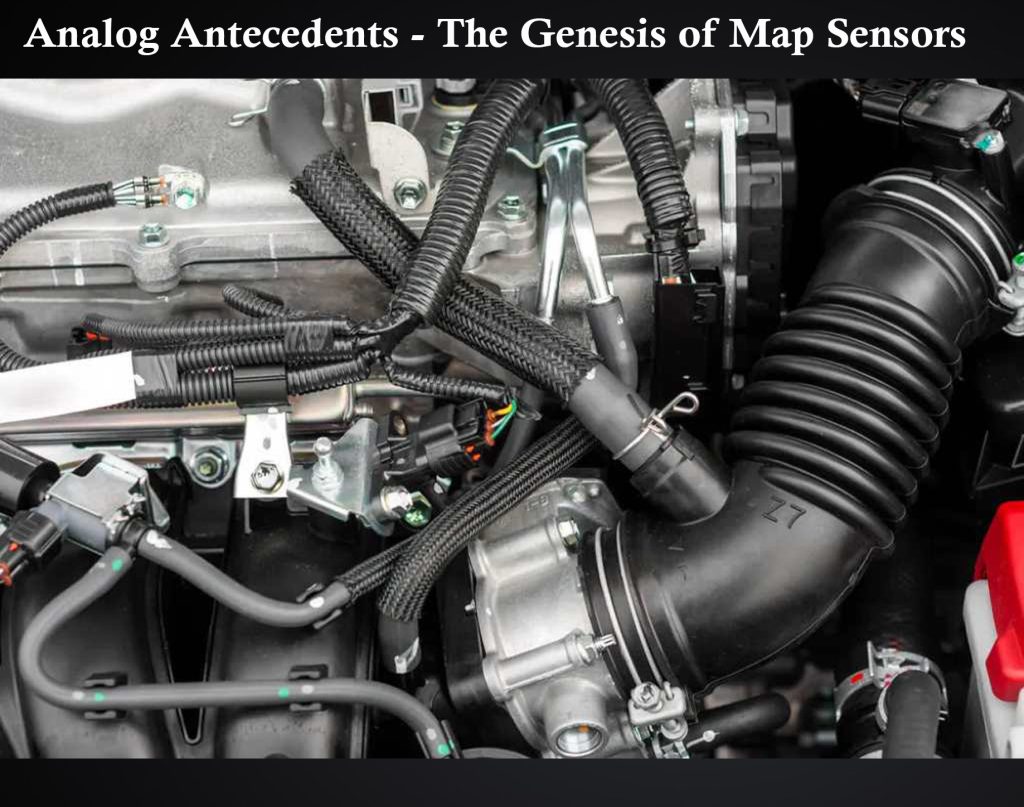
- In the analog era, map sensors were rudimentary devices, translating pressure changes into electrical signals.
- Despite their simplicity, these sensors laid the foundation for the precision we now demand in engine management.
Digital Renaissance – The Modern Map Sensor Era
- With the advent of digital technology, map sensors evolved into highly accurate, responsive components.
- Microprocessors within these sensors process information swiftly, providing instantaneous feedback to the ECU.
Applications and Implications – Where Map Sensors Rule
Map sensors aren’t confined to a single realm; their influence extends across various automotive applications. Understanding these diverse applications is instrumental in appreciating the widespread impact of map sensors on engine management.
Performance Tuning Precision
- Enthusiasts and professionals utilize map sensors for fine-tuning engines, achieving optimal performance levels.
- Precision adjustments to air-fuel ratios and ignition timing lead to enhanced power output and fuel efficiency.
Fuel Efficiency Frontiers
- Map sensors play a pivotal role in fuel-efficient engine management, optimizing combustion for better mileage.
- Eco-conscious drivers and automakers alike rely on these sensors to strike the delicate balance between power and efficiency.
Troubleshooting Chronicles – Map Sensor Issues and Resolutions
Despite their critical role, map sensors can face challenges that impact engine performance. Let’s explore common issues and effective resolutions, empowering you to troubleshoot and keep your engine running at its peak.
The Culprits Behind Poor Performance
- Dirty or faulty map sensors can lead to inaccurate pressure readings, causing erratic engine behavior.
- Wiring issues or connector malfunctions may disrupt the communication between the sensor and the ECU.
Rescuing Your Ride – Map Sensor Maintenance Tips
- Regular cleaning and inspection of map sensors can prevent debris buildup, ensuring accurate readings.
- Checking wiring and connectors for signs of wear or corrosion is a proactive measure to ward off potential issues.
Future Horizons – Innovations in Map Sensor Technology
As technology continues its relentless march forward, what does the future hold for map sensors? Delve into the cutting-edge advancements and emerging technologies that promise to redefine engine management in the years to come.
Smart Sensors and AI Integration
- The integration of artificial intelligence with map sensors opens new frontiers in adaptive engine management.
- Smart sensors analyze intricate data patterns, continuously optimizing performance based on driving conditions.
Environmental Consciousness – Map Sensors in Green Automotive Initiatives
- Map sensors play a vital role in eco-friendly automotive solutions, contributing to cleaner emissions and sustainable driving practices.
- Innovations such as sensor-enhanced catalytic converters showcase the commitment to environmental responsibility.
Embark on Your Map Sensors Odyssey: Mastering Engine Management Systems
In conclusion, understanding the nuances of map sensors is not just a journey through the intricacies of engine management but a mastery of automotive prowess. Whether you’re an amateur enthusiast or a seasoned mechanic, this guide equips you with the knowledge to navigate the complexities of map sensors and elevate your understanding of engine management systems. Embark on this odyssey, and let the road to automotive expertise unfold before you.

